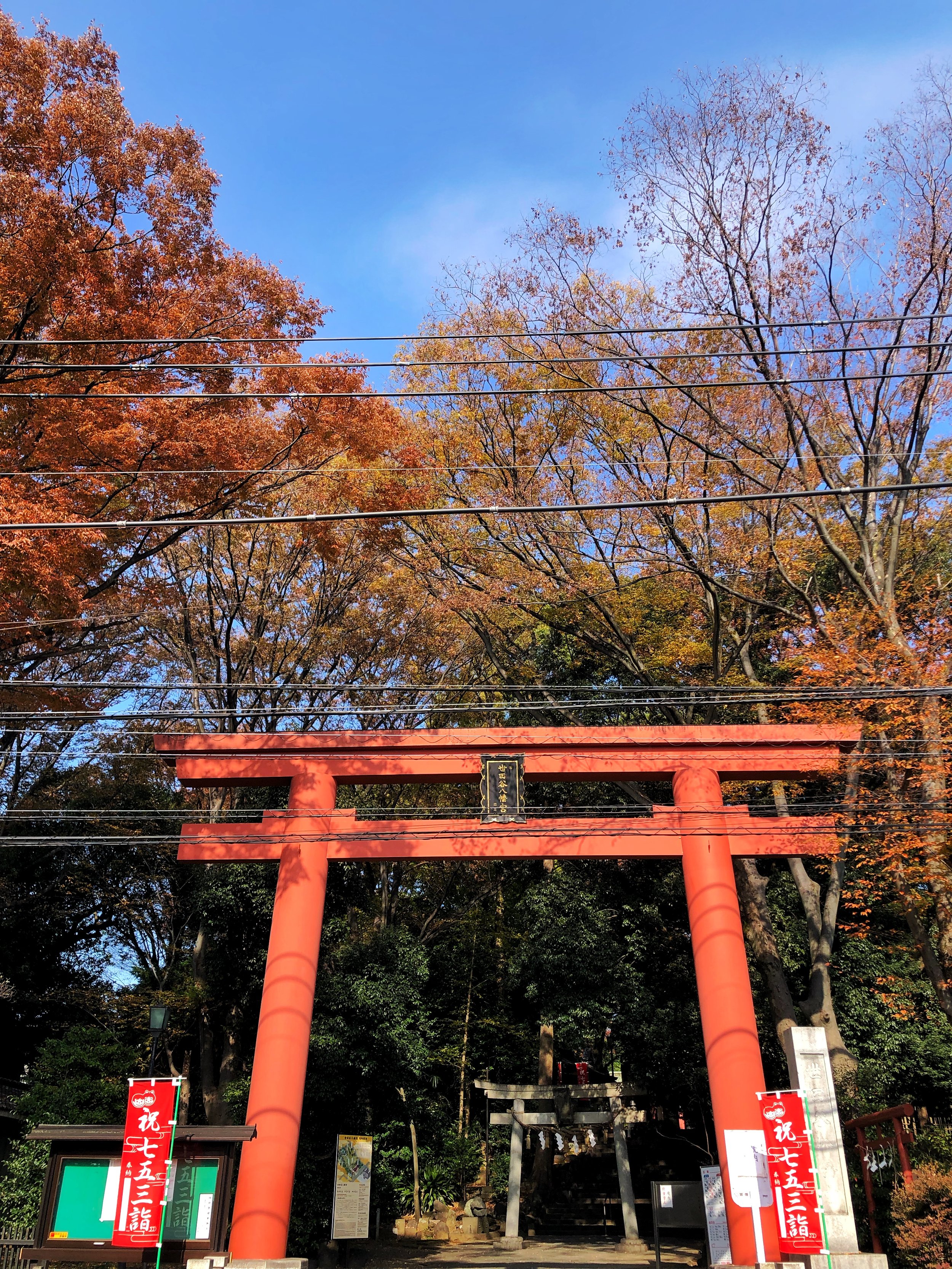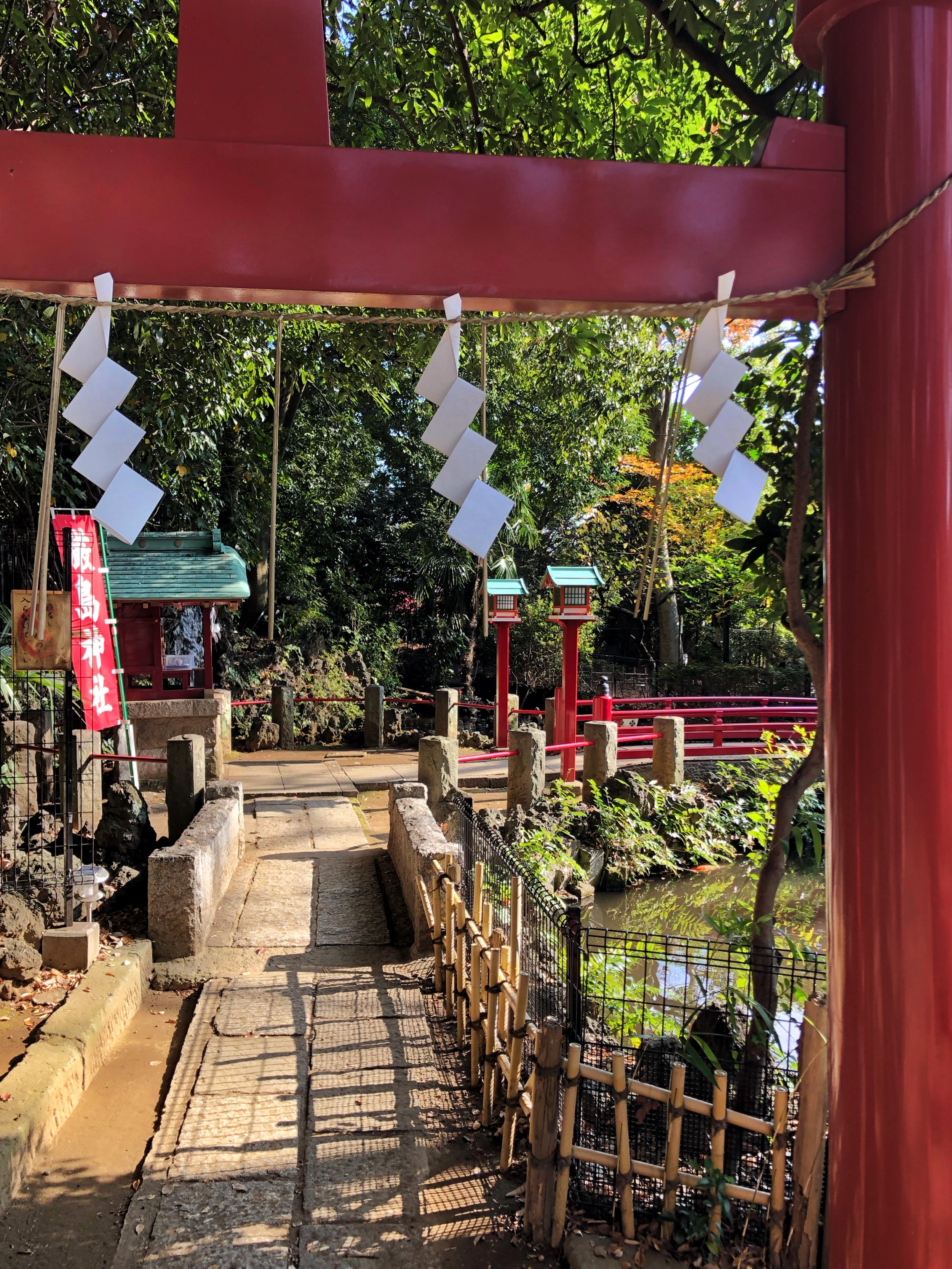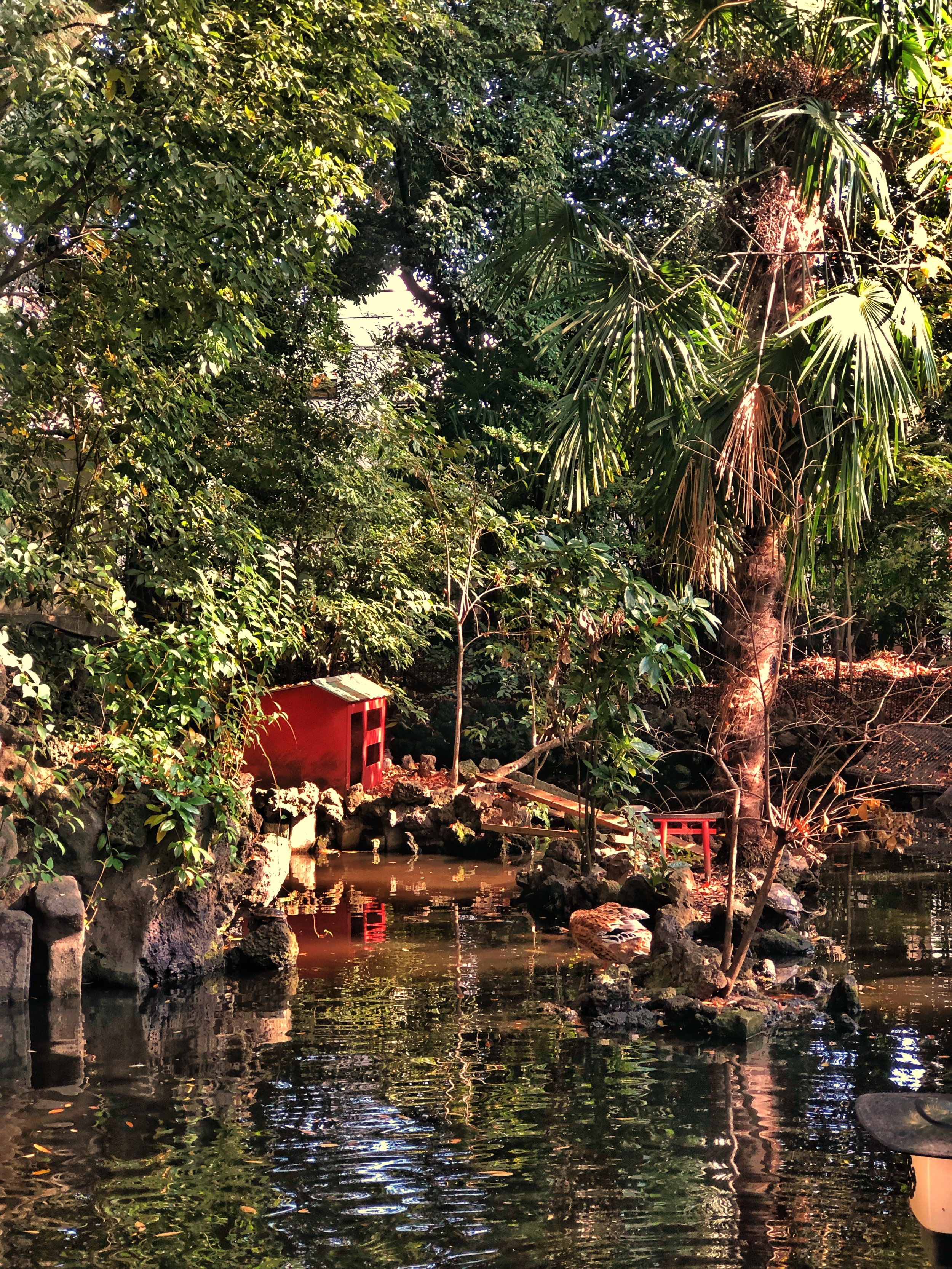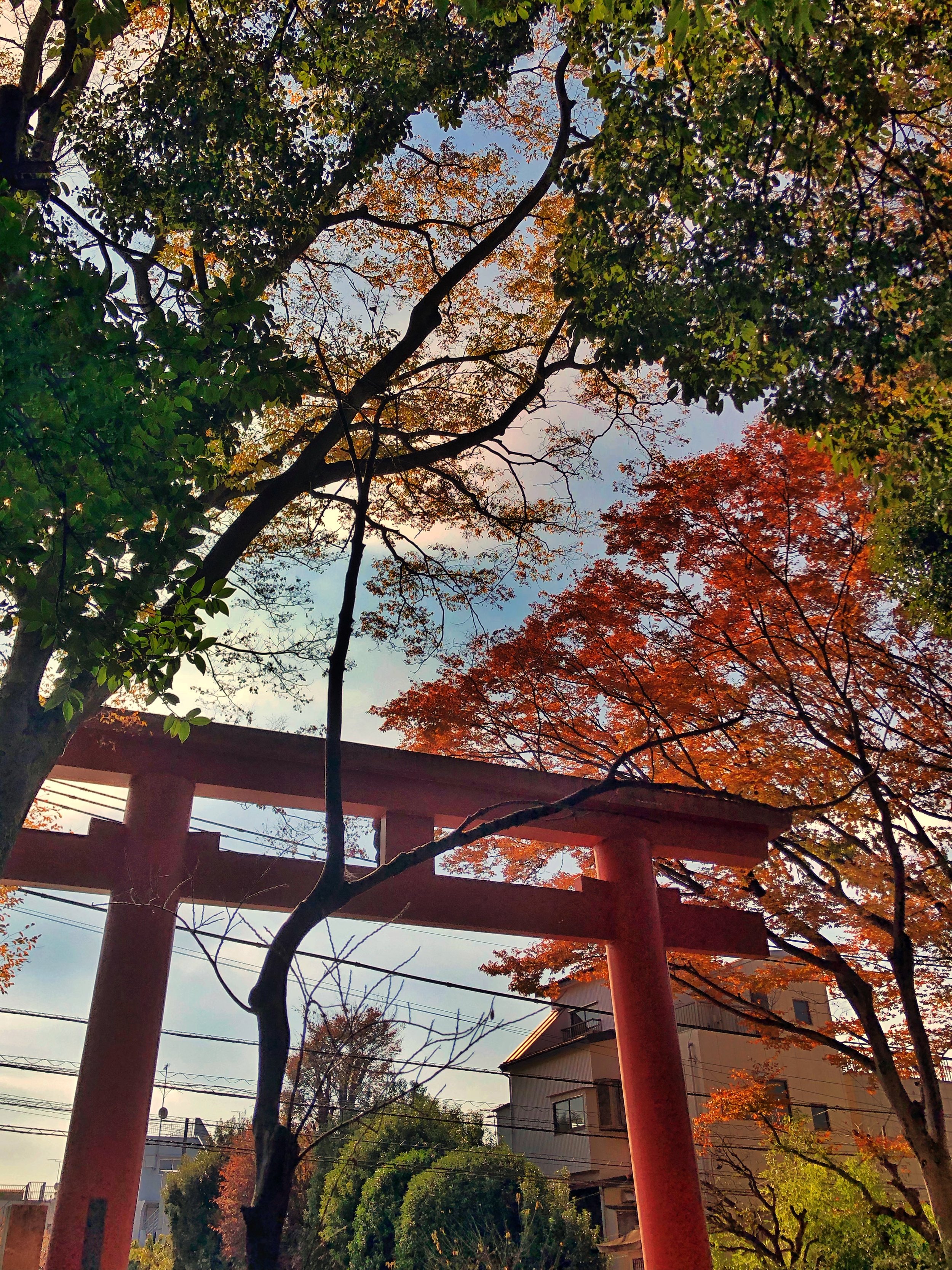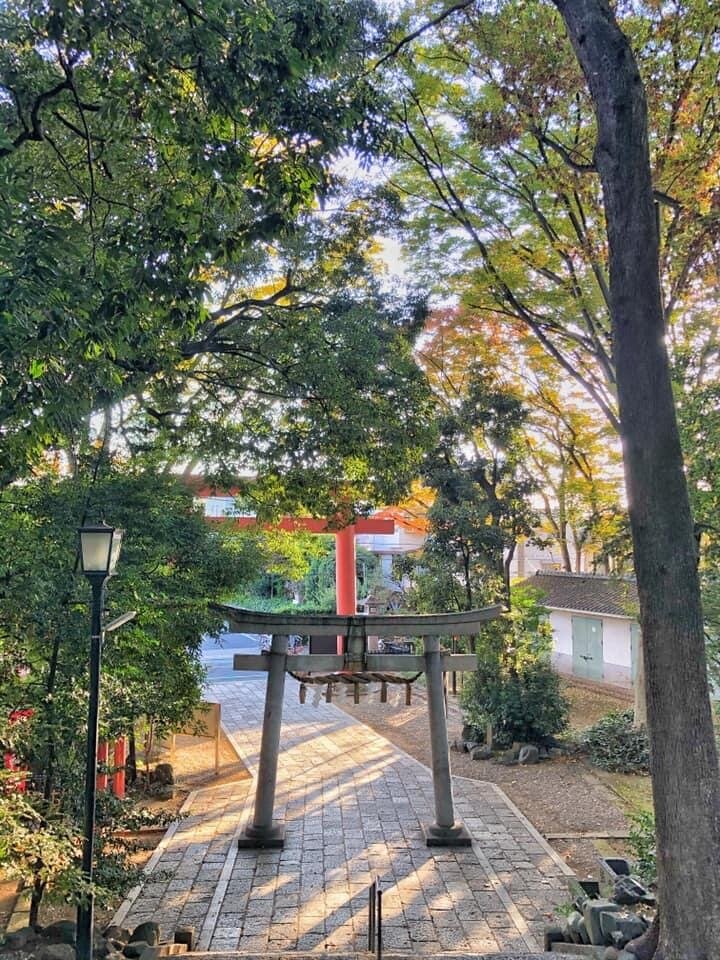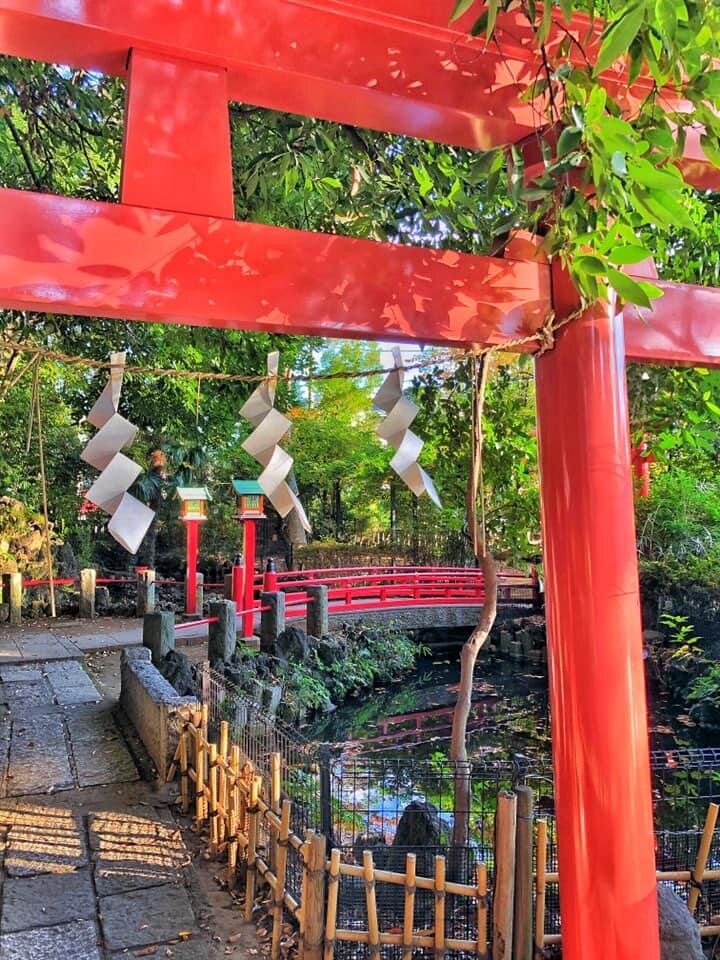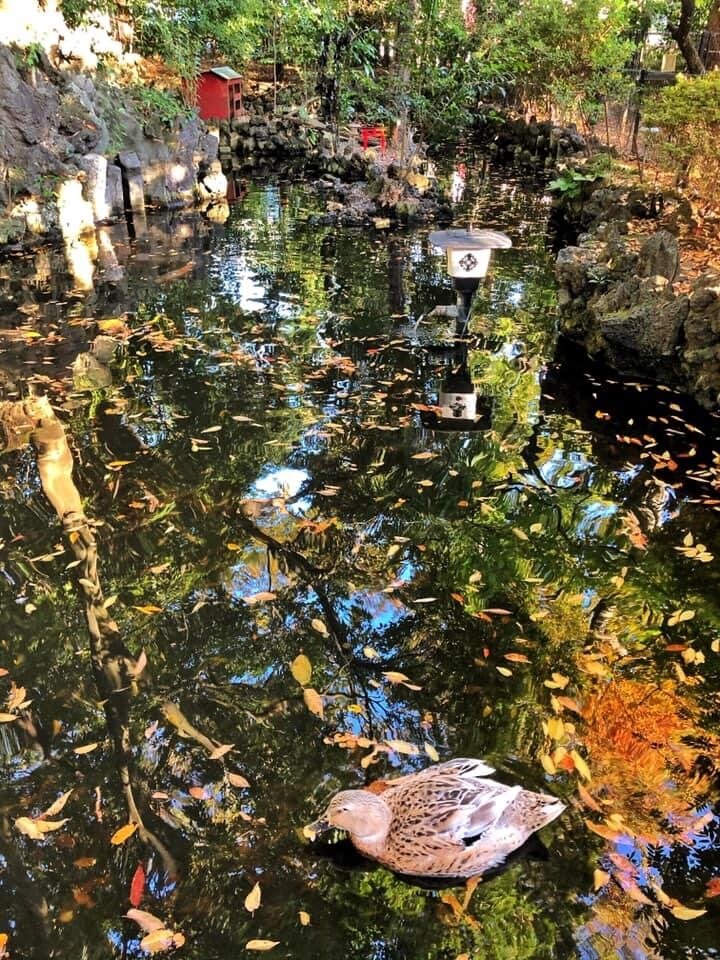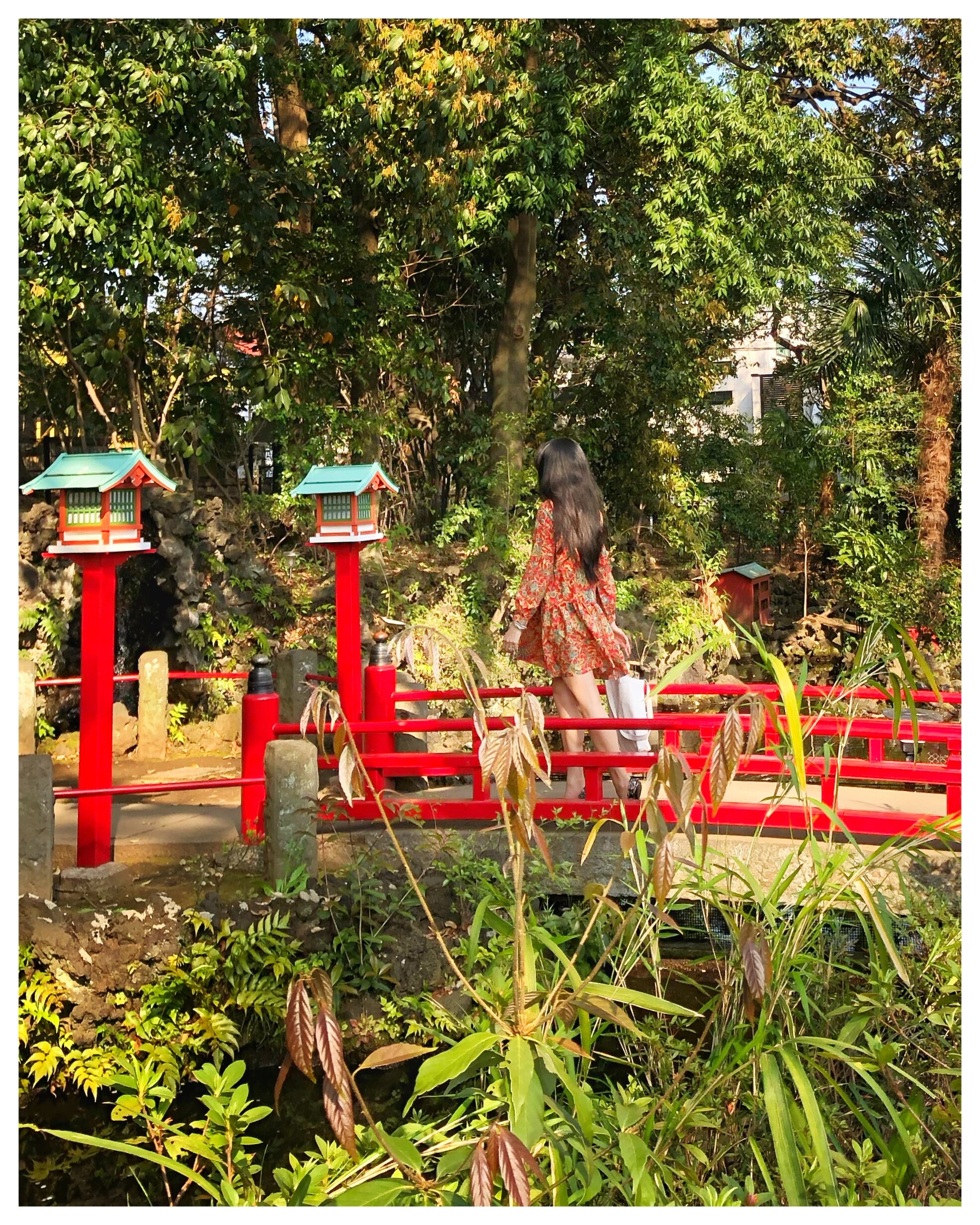Setagaya Hachiman Shrine
Often missed, due to its proximity to the renown Gotokuji Temple (the famed Cat Temple), Setagaya Hachiman Shrine is located practically next door in a residential area and is one of my favourite local shrines in the Tokyo area. Dating back to the Heian Period, specifically the fifth year of Kannji (1091), Setagaya Hachiman Shrine land was reportedly discovered when Minamoto no Yoshiie (a Daimyo) had to stay in Setagaya are for ten days due to the heavy rain preventing him from returning to the Oshu Province (modern day Tohoku region).
During his stay Yoshiie performed a ceremony for the deity Hachiman (god of archery and war) of Usa Shrine (located in Oita Prefecture - one of the most important Shinto Shrines and the head Hachiman shrine but more on that later) and instructed the villagers to worship the deity as the guardian god of the area and build a shrine in honour of the god.
During the Meiji Period, the Shrine was once known as Gosha Usa Shrine, however it returned to it’s original namesake after the war. Today the locals now enthusiastically view Setagaya Hachiman Shrine as a guardian shrine for Setagaya Area.
THE SHRINES
Spread over 13200 square meters of land, the grounds of Setagaya Hachiman Shrine allow for a restful respite amidst the hustle and bustle of every day.
The main shrine lies up from the welcoming Tori gates and the stone steps. Three smaller shrines are also on the grounds (Kora, Setagaya-Shokonsha & Itsukushima Shrine)
Itsukushima Shrine is my favourite of the smaller three; dedicated to Ichikishimahime-no-mikoto (also known as Bentensama), it features a beautiful small red wooden bridge over a pond filled with koi and sunbathing terrapins (photos above and at the bottom of the blog).
DOHYO
THE SUMO WRESTLING RING
One of the most fascinating features of Setagaya Hachiman Shrine is it’s earthen sumo wrestling ring. It is said that the sumo ring exists because Yoshiie spent time wrestling with his subordinates on these very grounds.
This resulted in sumo wrestling matches throughout the Autumn season, which was called one of the major three Sumo Wrestling events during the Edo Period.
Even today during the celebrations of the Autumn Festival in mid-September (dates confirmed later in the year), sumo matches can be viewed by the public. The celebration also entails the mikoshi shrines to be paraded around the neighbourhood, then returned on the Sunday. The ritual sumo ( hōnōsumo) — is usually open to the public and takes place on the Saturday from 2pm.
ACCESS
BY TRAIN
SHINJUKU STATION (ODAKYU LINE) - GOTOKUJI STATION
SANGENJAYA STATION (SETAGAYA LINE) - MIYANOSAKA STATION
WEBSITE: SETAGAYA HACHIMAN SHRINE


